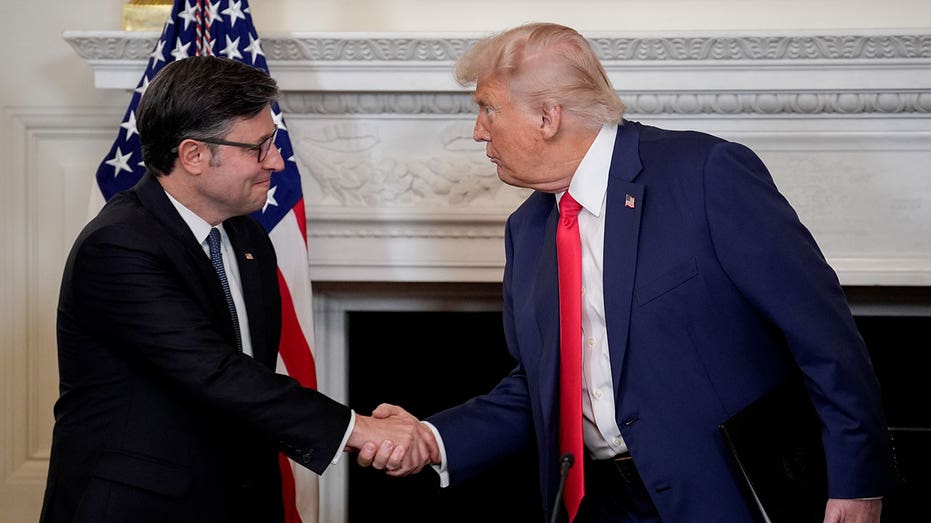After a grueling 43 days, the longest government shutdown in U.S. history is finally nearing its end. A crucial vote in the House of Representatives signaled a breakthrough, paving the way for a bill that could reach the President’s desk Wednesday night and restore federal funding.
The path to resolution wasn’t smooth. The core of the conflict centered on funding for vital government programs and, crucially, the future of enhanced healthcare subsidies under the Affordable Care Act. Democrats staunchly refused to support any bill that didn’t address these subsidies, fearing significant healthcare price increases for millions of Americans.
Republicans, however, remained firm in their opposition to linking partisan priorities to essential funding. They offered to discuss healthcare reform, but refused to tie it directly to keeping the government open, creating a tense standoff that paralyzed federal operations for over a month.
The eventual compromise, originating in the Senate with bipartisan support, included a side deal: a guaranteed vote on extending the healthcare subsidies sometime in December. While this offered a glimmer of hope for Democrats, the lack of a firm commitment in the House fueled continued frustration and skepticism.
The shutdown’s impact had become increasingly severe with each passing day. Air traffic controllers and TSA agents, forced to work without pay, scrambled for second jobs, contributing to widespread flight delays and cancellations. Millions of Americans relying on federal benefits found themselves in a precarious situation as funding dwindled.
Despite the impending vote, deep divisions remain. Some Democrats expressed outrage, viewing the promised future vote on subsidies as a hollow gesture – a symbolic offering with little real power. The analogy of wolves and a chicken deciding the menu highlighted the perceived imbalance of power.
House leaders expressed optimism that this marks the end of a “long national nightmare,” acknowledging the shutdown’s futility. However, the current bill only extends the funding fight to January 30th, leaving the complex task of crafting a longer-term fiscal plan for 2026 still ahead.
Appropriations committees are now bracing for a frantic push to finalize the remaining nine funding bills in the coming weeks. While ambitious, leaders believe a comprehensive agreement is achievable, promising a return to more stable government operations – at least for now.






